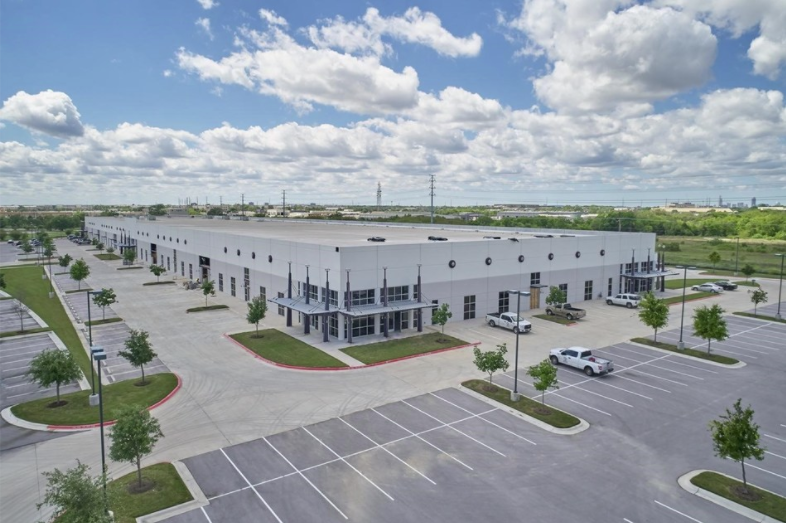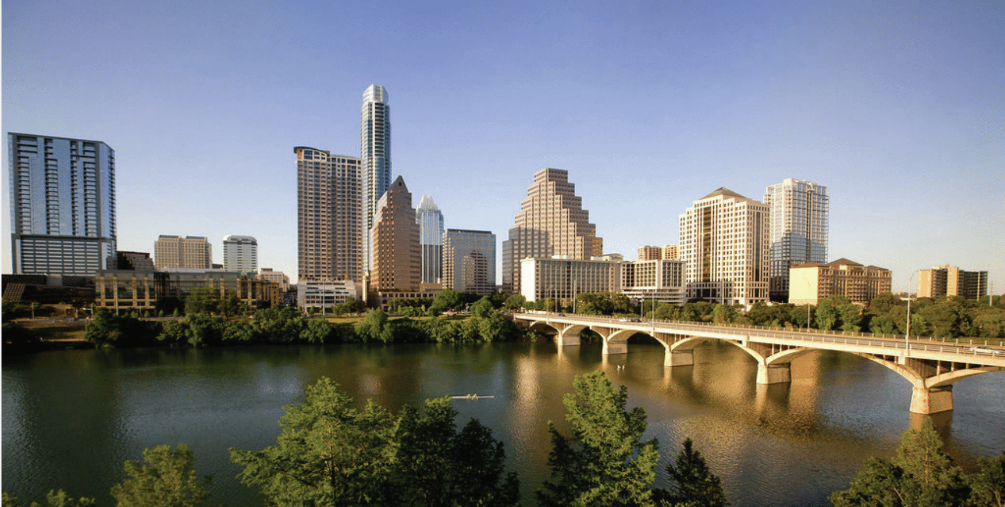AUSTIN, Texas, June 1, 2021 /PRNewswire/ — Mohr Capital, a Dallas-based privately held real estate investment firm, has sold MetCenter Building III, a last-mile distribution facility occupied by Amazon in Austin, to Four Springs Capital Trust in an off-market transaction.
The 160,000-SF warehouse/logistics building is located at 7000 Metropolis Drive in Austin’s Southeast industrial submarket. The property is 100% occupied by Amazon.com Services LLC and serves as its primary last-mile distribution facility in the Austin metro area. The sale includes the adjacent 20-acre parking lot, which is also currently leased by Amazon.
“After more than a year of owning the facility and the departure of one of its occupants, we worked closely with Amazon in 2020 and early 2021 to exercise its right of first offer to fully occupy the building through 2031. While our intention was always to hold this asset long-term, Four Springs’ off-market offer was very compelling. The extended lease-term, the credit quality of the tenant, the solid real-estate fundamentals of the industrial market and the great relationship we have with Four Springs made this deal possible,” said Rodrigo Godoi, managing director of investments for Mohr Capital.
In 2019, Mohr Capital secured MetCenter Building III as part of a 404,800-SF portfolio acquisition from Zydeco Development. At the time of purchase, the portfolio consisted of MetCenter Building III – then occupied by both Amazon and Uber Advanced Technologies – as well as a four-building, 244,800-SF office facility occupied by technology, government and health care tenants. Click to read more at www.prnewswire.com.









